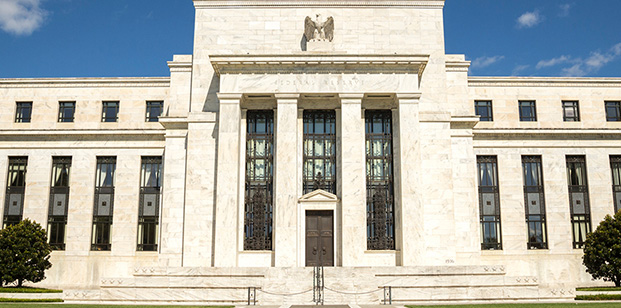The latest GDP data shows a contraction in the US economy. There may be more to come.
- The contraction of 0.3% for the first quarter was the first fall since 2022
- Consumer and investment spending were still robust during the quarter
- The real hit from tariffs is likely to come next quarter, as consumer and investment spending slumps
As if it was in doubt, the latest GDP figures are being taken as the strongest sign yet that all is not well in Maga-land. The contraction of 0.3% for the first quarter was the first fall since 2022 and a dramatic turnaround from the 2.4% rise in the fourth quarter. All of this happened before ‘Liberation Day’ had its tumultuous impact.
Nevertheless, tariffs were already having an impact. The weakness for the quarter was attributed to stockpiling ahead of the tariffs. This created a surge in imports, which cut into GDP. This phenomenon will not be repeated in the second quarter, so shouldn’t weigh on growth in the same way.
Apart from this, the picture was still relatively buoyant. The consumer, for example, was still relatively strong in the first quarter. Lindsay James, investment strategist at Quilter, points to the ‘real final sales to private domestic purchases’ data, which grew 3%; “a solid outcome with a slight increase on the 2.9% seen in Q4”. Business investment was also relatively strong.
However, the US government cannot rely on continued support from either of these two factors in the wake of tariffs. Consumer confidence has tanked, and if – as appears – consumers have made major purchases ahead of the tariffs, spending is likely to be far lower next month. Consumers were stretched anyway, with credit card balances rising significantly in recent months.
Equally, investment is likely to stall. James says: “We can expect businesses to put a hold on investment and expansion plans until the outlook is less hazy, which will likely weigh on jobs and wage growth.”
This is a grim picture for the US economy. It could be tempered by tax cuts and deregulation, but these, in turn, may be hampered by the inability of DOGE to realise significant savings. While Musk and Trump had initially promised savings of up to $2 trillion, it appears that DOGE may actually have cost money. According to a model by the nonpartisan Penn Wharton Budget Model, using weekly Treasury data, spending has climbed 6.3% (about $156 billion) since Trump took office.
Interest rate cuts could also make a difference, but Fed Chair Jay Powell has proved commendably committed to Financial Stability and looks unlikely to deliver a rate cut until the impact of tariffs on inflation is well-understood.
Trump (naturally) blames Biden for the weakness in the US economy, but that bears no scrutiny. This is a self-made economic slowdown, firmly on Trump’s watch.


















